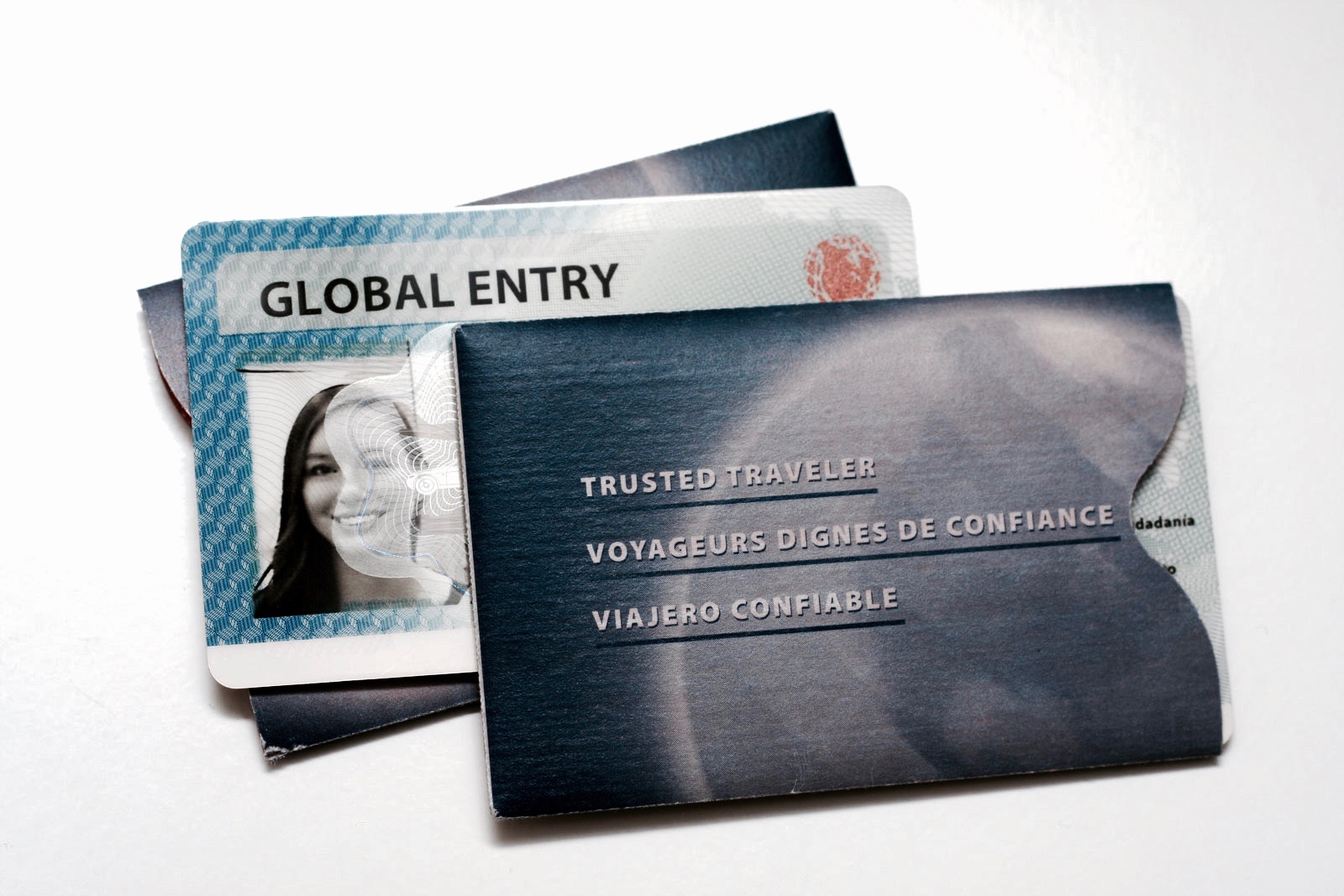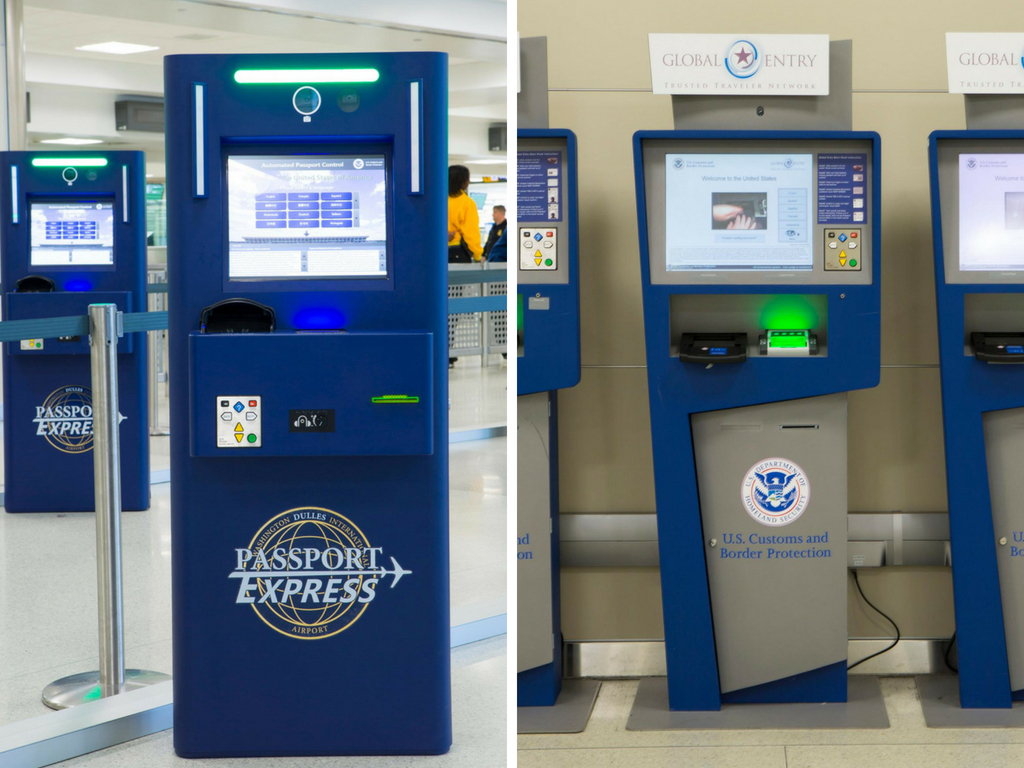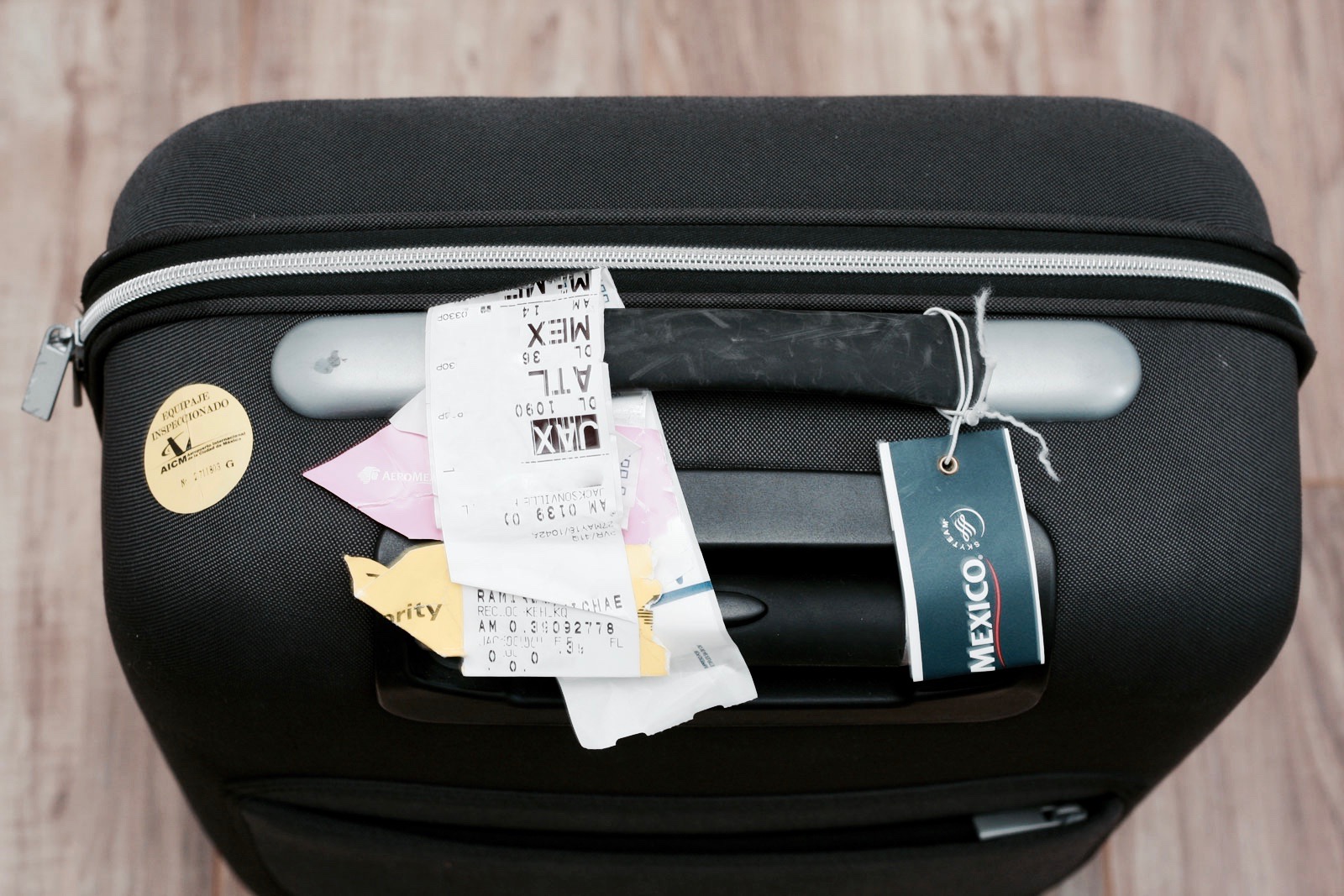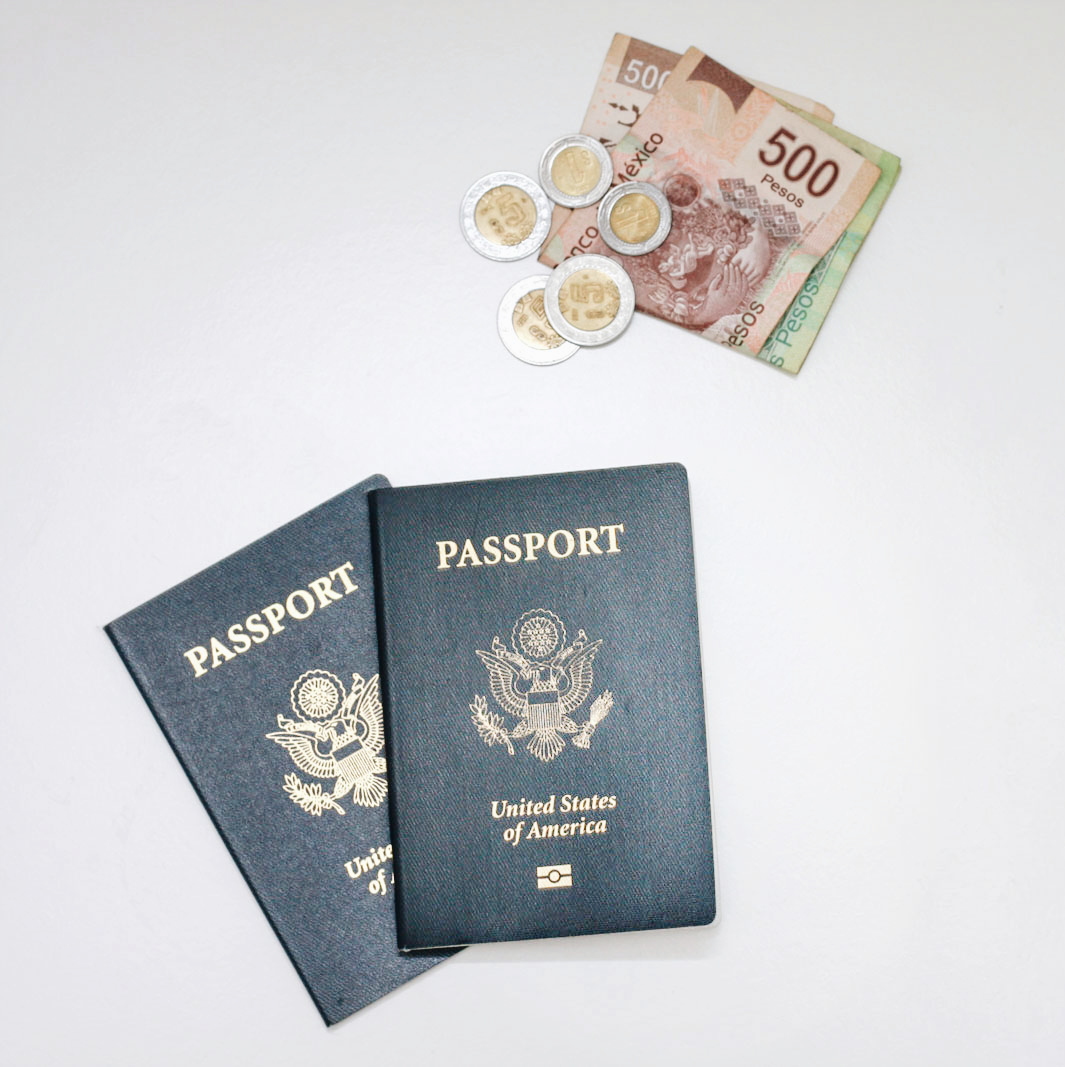It’s been a little over a year since I last wrote about my experience applying for the Global Entry program, so I’d say it’s about time for an update. Today I’ll share a quick refresher on the costs and benefits of the program, my experiences with TSA Precheck and expedited re-entry, and if I think it’s worth it. Let’s jump right in, shall we?
Global Entry Program Costs and Benefits
The cost of applying to the Global Entry program remains $100, and it is open to U.S. citizens/lawful residents as well as residents of certain countries (visa requirements and other countries are listed here). Global Entry includes all of the benefits of the TSA Precheck program (typically an $85 $78 fee), plus expedited re-entry into the U.S. at many major airports. The application process consists of a lengthy online application and a mandatory in-person interview, which is conducted at a selection of major airports. Once approved, your enrollment in the program is valid for five years, and you’ll also receive a Global Entry card. This card is not needed when traveling, but it is a nice benefit as it counts as a government-issued photo ID card. Renewal is completed online, and may or may not require another in-person interview.

Using the TSA Precheck Lines and Global Entry Kiosks
I’ve gotten far more use out of the TSA Precheck benefits than the expedited re-entry as I fly domestically far more often than internationally. The ability to breeze through the security check without removing my shoes and liquids feels so much more pleasant than the typical experience (there is certainly less prodding and yelling involved), but the biggest benefit is the reduction in time spent waiting in line. I often fly out of Orlando, where posted wait times regularly exceed 45 minutes. The peace of mind of having a quick waiting period ahead of me is valuable, and that it allows me to linger that much longer at my destination is lovely too. Bear in mind, this benefit is only given while flying out of certain U.S.-based airports on specific airlines.
I’ve also found that when I book my ticket on the same reservation as others who have not registered for TSA Precheck or Global Entry, they will receive TSA Precheck and we can clear security with the whole party together. To use your Precheck benefits, look for the marked lanes and be prepared to show the attendant your boarding pass before entering the line. There is typically a minimal wait, if any, so be prepared with your identification in hand and ready to place your items on the belt. With Precheck there is no need to remove your light jacket, liquids bag, shoes, or laptop. Occasionally passengers who are not enrolled in the program are randomly assigned Precheck and thus unaware of these differing regulations; I have seen other passengers become visibly frustrated at anyone who slows down the line. Packing light, dressing simply, and being prepared makes going through the TSA Precheck line a breeze.
To use the expedited re-entry benefit, upon landing in the U.S. follow the signs that say “Global Entry.” You’ll see a cluster of kiosks that look very similar to the standard Automated Passport Control (APC) kiosks that are being used in many airports now, but you should not typically need to wait in line to access the Global Entry kiosks. Photos are not permitted in these secure areas, so here are examples from the CBP website:

Once you reach the kiosk, slide your passport into the scanner in the indicated direction, take a photo when instructed, place your fingers on the available pad for fingerprinting, and answer the questions on the screen about your travels (these are the same questions that were originally printed on the paper Customs forms; the kiosks are replacing the paper forms in most airports). You’ll receive a receipt with your photo and information, and then proceed to the lines to speak with the Customs agents. There should be a separate lane for those in the Global Entry program, and from my experience, the line shouldn’t have more than one or two people waiting. The agent will verify your identity, possibly ask a question or two, and if no further inspection is needed, send you onward. On my last return to the U.S., Michael and I split off from our friend who did not have Global Entry so we could collect our bags that we’d been asked to gate-check. There was a difference of about forty minutes between the completion of the Global Entry process and the standard re-entry process. This will, of course, vary from airport-to-airport, and be dependent on time of day, holiday weekends, and other factors, but there is the potential for a large time savings.

So – is Global Entry worth it?
You are going to be the best one to answer for yourself, but here are some points to consider once you verify that you meet all of the requirements:
Global Entry may be worth it for you if:
– You travel three or more times in a calendar year and expect to travel internationally at least twice in the next five years. This brings your cost per use of TSA Precheck down to under $7 per use, and I think the opportunity to use the Global Entry kiosk to speed things along is worth the extra $15 if you use it at least twice.
– You live near or will soon be traveling to one of the enrollment centers. This was the single largest reason I waited so long to enroll. All airports within a two-hour drive would require that I take time off of work, as there was no weekend availability, and my planned flights didn’t line up with the interview schedules either. Michael and I made a special trip down to Miami to enroll and chose to make a weekend of it.
– You frequently travel internationally. This would be a great benefit for business travelers who often travel outside of the country for work.
– You are often subjected to additional screening. It’s an utter shame, but Michael used to be “randomly selected” for additional screening almost every time. Since enrolling and obtaining a Known Traveler Number, this rarely happens anymore. Whether you’re targeted for your name, the countries to which you travel, or the color of your skin, you might consider enrolling to help alleviate these issues (the issue of paying to evade discrimination is its own beast worth tackling another time, however).
—
Global Entry may not be right for you if:
– You travel only domestically. If you fly frequently but do not plan to leave the U.S., consider saving the $15 $22 and just get TSA Precheck.
– The airports you fly in and out of or the airlines you fly on do not participate in the TSA Precheck and/or Global Entry programs. It might go without saying, but if you can’t use this feature at your hometown and destination airports, it’s not worth the cost and disappointment.
– You have a rough past. The application is very thorough, and lying would get you into big trouble. I can’t say what kind of crimes or history CBP would either overlook or take into account, but if you think it’s too egregious, it’s probably best to save the non-refundable $100 application fee.
—
Made up your mind? Be sure to check and see if one of these credit card programs will cover your cost of enrollment before submitting your application. If you decide to go for it, I’d love to hear about your experience! Comment below or send me an email.
Enjoyed this post? You may also like:
- Global Entry Program Application Experience
- 20 Questions You Should Ask a Potential Travel Partner Before You Leave Home
- How to Split Travel Costs When One Person Makes More Money
- 5 Easy Ways to Save Money This Week (for your next trip!)
- What Happens When You Cancel a Non-refundable Trip?
- Dinner Party Survival Kit: 20 Travel-Themed Conversation Starters
- 5 Easy Things You Can Do Today to Save for Your Next Trip
- How I Search for Flights
- 10 Tips for Overcoming Museum Fatigue
- How I’m Approaching Travel Differently in My Thirties
- I won a trip! (Now what?)
- Exclusive Discounts + Promo Codes




Or if you are cheap…Mobile Passport. Add TSA pre check for domestic travel if needed.
A very good point! As Mobile Passport becomes available in more airports it may be a great replacement for Global Entry. It’s something I definitely will consider when the time comes to renew my GE status.